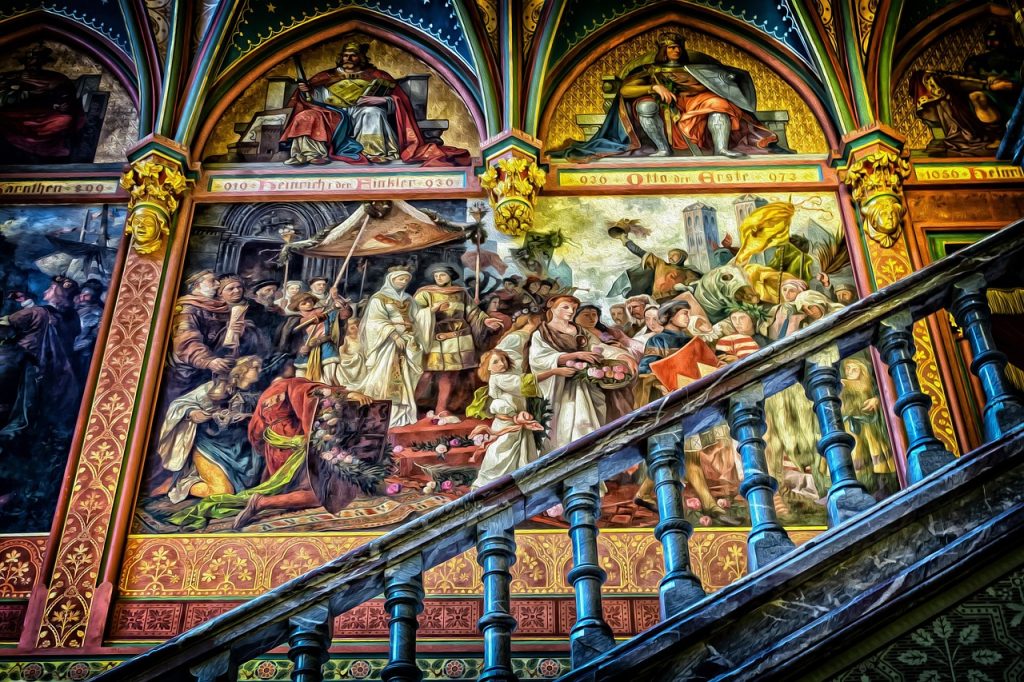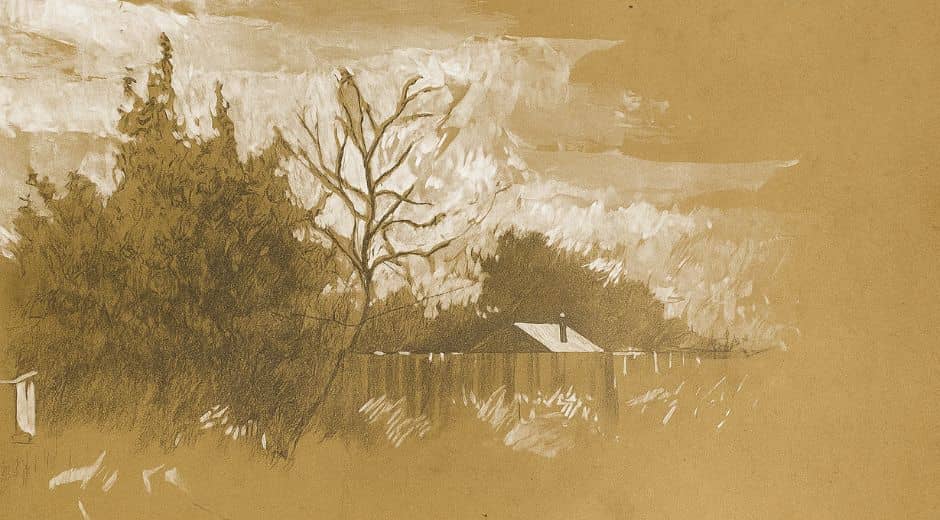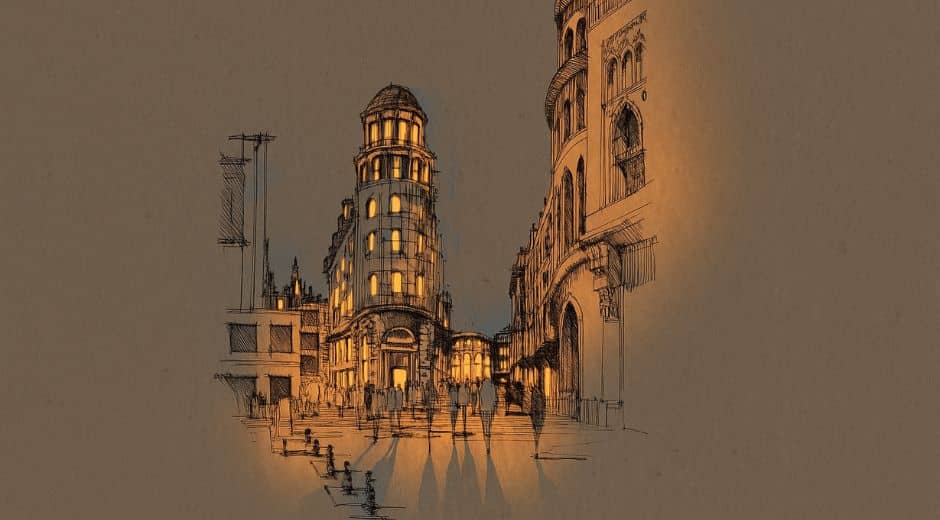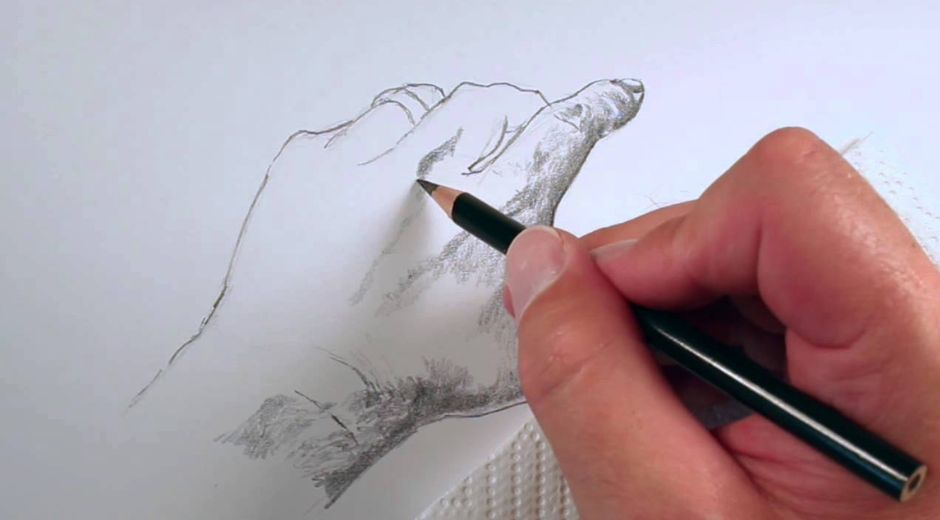Mastering Storytelling: Design That Engages and Inspires
Mastering Storytelling: Design That Engages and Inspires
Every image tells a story — but some visuals go beyond simple representation, offering a deep, evocative connection that transcends language. Visual storytelling is an art form that harnesses the power of design to communicate ideas, emotions, and experiences. Whether in illustrations, animations, or graphic design, the ability to evoke understanding through visuals is one of the most compelling aspects of human creativity.
In a world dominated by visuals, understanding how to craft stories through design can transform communication. It’s not just about aesthetic beauty; it’s about creating a narrative that speaks directly to the viewer. Design, when done well, doesn’t just present information — it invites participation and reflection.
Design as a Narrative Tool
Visuals communicate stories by engaging the viewer’s senses. From color schemes to composition, every choice made in a design is a tool used to tell a story. When combined, these elements create an atmosphere, a mood, and a direction for the viewer to follow.
The human brain is wired to process visuals faster than text, which is why visual storytelling is so effective. We read images the same way we read words, interpreting shapes, colors, and figures to construct meaning. This understanding is not immediate — it’s built over time as the design invites the viewer to unpack the story embedded within the visuals.
For instance, in The Rhythm of Interpretation, the way cultural elements shape perception can directly inform how stories are told visually. The rhythm of these visual cues provides depth and allows for multi-layered interpretations, inviting viewers to explore the stories told through design.
Symbols and Metaphors in Design
One of the most powerful aspects of visual storytelling is the use of symbols and metaphors. Designers use these tools to evoke a wide range of responses from the viewer. A symbol can encapsulate an entire idea in one image. A color palette can evoke a specific mood or emotion. Through strategic use of these elements, a designer can communicate complex narratives without using a single word.
For example, in branding, logos are designed to be symbols that tell the story of the company, its values, and its mission. A minimalist logo might suggest elegance and simplicity, while a bold, vibrant design might convey energy and innovation. These are subtle cues that communicate far more than the shape and color of the logo itself — they provide insight into the brand’s identity.
This concept is extended even further when we look at modern digital design, where storytelling is often enhanced through interactive elements. The viewer isn’t just a passive recipient but becomes part of the experience, making their interaction a part of the narrative.
Clarity Through Minimalism
Minimalism in design is often associated with simplicity, but it’s more than just a pared-down approach. True minimalism is about amplifying the essence of an idea by removing distractions. Every component is carefully selected for its role, whether it’s adding visual weight, guiding the viewer’s eye, or creating contrast.
The key to this precision is understanding what’s essential. Designers don’t just remove things because they can; they strip away anything that doesn’t directly contribute to the message or experience. The result is a design that feels intentional and thoughtfully curated.
A perfect example of this precision can be found in digital design, where Sketch to Screen: Digital shows how minimalism creates space for the design’s core message to shine. By eliminating unnecessary embellishments, the focus is on clarity, allowing the design to speak for itself.
The Role of Color in Evoking Stories
Color plays a critical role in visual storytelling. It shapes how the viewer perceives the design and influences the emotional tone of the story. Different colors can signal different feelings or environments. Blue can evoke calmness, trust, or sadness, while red can signify passion, urgency, or danger.
In design, color is often used deliberately to guide the viewer’s emotional response. A soft pastel color palette might suggest a peaceful, serene story, while contrasting bright colors could indicate energy and excitement. The power of color lies in its ability to influence not only the mood of the design but also the way the viewer understands and interacts with it.
As explored in The Rhythm of Interpretation, cultural contexts heavily influence how colors are perceived. A color that represents one thing in one culture may mean something entirely different in another. Understanding these cultural cues is essential for effective visual storytelling across different audiences.
Visual Storytelling in Modern Media
Today, visual storytelling is prevalent in all forms of media, from advertisements to social media platforms. The impact of design on consumer behavior has never been more significant. When done well, visual storytelling captivates audiences, drawing them in and making the message resonate long after the image is seen.
Design has also evolved in the digital age, where interaction plays a key role in storytelling. From animated infographics to interactive websites, storytelling has become a dynamic experience that unfolds with every scroll, click, and interaction. This evolution is explored in platforms like TechTazz.com, where the impact of evolving design technologies on communication is regularly discussed.
Interactive storytelling engages the viewer, allowing them to be part of the narrative rather than just an observer. As technology advances, this form of storytelling will continue to become more immersive, creating even more meaningful connections between design and its audience.
The Future of Design as Storytelling
As technology advances and visual platforms become even more sophisticated, visual storytelling will only grow in importance. Virtual and augmented reality, interactive interfaces, and artificial intelligence are all opening up new possibilities for designers to create richer, more immersive narratives. These innovations allow designers to craft stories that are not just seen but experienced in more interactive ways.
However, even with new technologies, the core principles of visual storytelling remain the same. Whether digital or traditional, the goal is still to create clarity, engage the viewer, and communicate a message that resonates deeply. Every image, every visual element, still serves the purpose of building a narrative that connects with the viewer on multiple levels.
Conclusion
Visual storytelling is an essential aspect of modern design, influencing everything from branding and advertising to digital experiences and art. By using symbolism, color, structure, and interactivity, designers create stories that engage and inform their audiences in ways that words alone cannot.
As we look to the future of design, it’s clear that visual storytelling will continue to evolve, shaping how we connect with each other and how we communicate ideas. For designers, this evolution presents both challenges and opportunities — to push the boundaries of what is possible, while staying grounded in the fundamental principles of clarity, intent, and connection.
Inspiration Expression Eternity

Shaping Atmosphere: How Visual Choices Transform a Space
A space changes instantly through form, color, shadow, and arrangement. Explore how thoughtful visual decisions influence mood and elevate everyday interiors.

Shaping a Scene: How Structure Guides the Eye
Every sketch benefits from structure. By guiding the viewer’s eye with thoughtful arrangement, illustrators create pieces that feel intentional, balanced, and visually inviting.
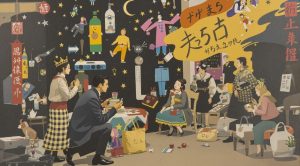
How Traditions Evolve Through Modern Life
Traditions don’t disappear as time passes — they shift, adapt, and take on new forms. Explore how modern life reshapes long-standing customs while keeping their spirit alive.
